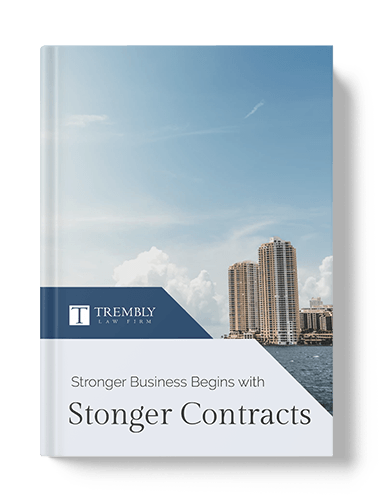Often times, business associates feel as if they do not need to have everything in writing. This is particularly true if they have gone into business with friends or relatives.
Unfortunately, it is impossible to predict which business arrangements are destined to break down. Businesses co-owned by friends or relatives are just as likely to run into problems as any other business. Not taking the steps to secure written financial details can have disastrous effects on the business as well as on the relationship between the partners.
Specifically identifying and documenting – in writing – the investment that each partner has made is a critical step.
There are various ways of investing into and dividing ownership of an LLC. Owners often make cash contributions, property contributions, or contributions of service. Each LLC member receives a percentage of ownership in return, but this is not always a straightforward calculation. How should time and expertise dedicated to the business be valued as compared to cash? This is just one of the many questions that must be answered in your partnership agreement.
Not only is LLC ownership divided based on capital or other contributions, the shares of the profits and losses, called distributive shares, are also divided among the members. The distributive shares typically allocate to each partner the same percentage as the ownership percentage, but this is not always the case. These details, for obvious reasons, need to be defined.
A popular blog called New York Business Divorce recently recounted an interesting example of the consequences of inadequately defining capital contributions. Two acquaintances formed a real estate development company in the form of an LLC. When the business failed, a lawsuit ensued over whether each partner had made a capital contribution – which would be a business asset – or a loan to the LLC – which would be payable as an business debt.
Partner number one made capital contributions totaling $523,000.00, and argued that the second member owed a like amount to the company. The second member argued that he had no obligation to make any capital contribution because the operating agreement did not list any capital to be contributed by either member. He alleged that the funding provided was in the form of loans, not capital contributions.
The Court agreed with the second member, finding that the operating agreement was ambiguous as to whether initial capital contributions were required by each member of the LLC. At the end of the day, despite an arrangement where the first member thought he was responsible for only half of the business debt, the first member lost out on hundreds of thousands of dollars. Let that serve as a wake-up call: if your capital contributions and other important financial agreements are not well-documented, you are at risk.
Please get in touch with me today if you’d like help creating or enhancing your Operating Agreements!

















